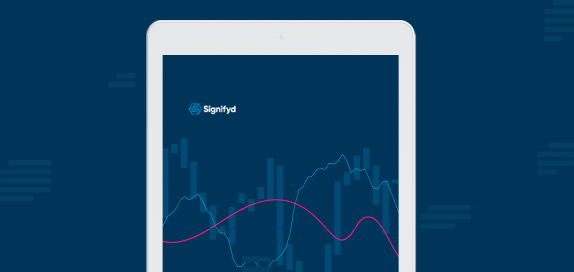If you asked the 35,000 or so gathered at NRF’s Big Show to list all the things they love about ecommerce, they would be listing for a long time before they got to returns.
Returns are the Brussels sprouts of the retail feast. They crush profit margins and disrupt the smooth operation of fulfillment and delivery. They are a tangible reminder that something simply did not go right.
But there are signs that, that is beginning to change.
“It’s become an increasing competitive advantage,” Joe Hsu, director of solutions for reverse-logisitcs specialists Optoro, says of a retailer’s ability to handle returns effectively.
Hsu was staffing an exhibitor’s booth in NRF’s Innovation Lab area, about 10 feet away from Narvar, another tech company focused on returns. Their presence at retail’s major trade show was another sign that retailers are realizing that getting products back from consumers can be as important as getting products to them.
It is part of a heightened interest in turning to technology to build a better customer experience for shoppers after they click the buy button.
Retail returns can present an opportunity
“All these leading edge technologies are being applied, and the focus is on what we call the demand side, from home page to check-out, whether it’s personalization or product recommendations,” says Narvar CEO Amit Sharma. “It’s basically how do I add more customers. Our focus is, there are equally big, or bigger, opportunities on the retention side.”
No doubt it is more expensive to acquire a customer than to keep one. But Sharma says retailers have taken a “leaky bucket” approach, scooping up new customers, while existing customers tumble back into the market.
Instead, he said, retailers need to build relationships with the customers they’ve already acquired. Retailers should be clear about return policies and procedures. They should help customers understand what they are getting when they buy by, for instance, providing information about sizing when it comes to apparel.
They should keep in mind that nobody likes returns.
“Customers don’t like it,” Sharma says. “We have an intent. We made a commitment. We bought something and now something didn’t work. And retailers are getting a hit on their margin. So nobody likes returns. But the reality is returns are here to stay.”
Sharma says part of making a bad situation better is to keep in touch with customers. If an online customer, for instance, buys three pair of jeans in the same style but different sizes — a common occurrence in online apparel — a progressive retailer would send an email soon after.
The note would ask if everything was OK with the purchase. And it would clearly lay out the process for returning the jeans, if everything was not OK.
Getting the jeans back quickly could mean the difference between being able to put them back in active inventory or having to liquidate them because the season has changed or a fad has passed.
“When you engage your customers,” Sharma says, “repeat purchases go up and operational expenses go down.”
Such tactics will be increasingly valuable, says Optoro’s Hsu. The number and value of returns is increasing as the ecommerce share of the retail market increases.
“Traditionally, returns wasn’t as big a problem, so retailers didn’t invest,” he says.
More ecommerce orders have led to more returns
But with more and more purchases being made online, returns are naturally rising, given that consumers can’t see and touch what they are buying.
Optoro is counting on retailers’ need to use technology to catch up when it comes to handling returns. The company offers a decision engine that provides retailers with the best option for dealing with returned goods.
Depending on the condition of the product, existing inventory and other factors, Optoro’s machine will show a merchant whether it makes most financial sense to restock the product, put it on clearance, liquidate it or take some other action.
The return data also provides retailers with marketing and merchandising information. For instance, is there a consistent reason a product is being returned? Is one color coming back more than other colors?
The data-driven solution is part of a larger trend to set technology, including artificial intelligence and machine learning, loose on the challenges of ecommerce operations.
Like Sharma, Hsu says the focus on “customer experience” in retail traditionally had not extended into what a customer experiences after they actually buy a product.
“If you order something and you get the wrong item, you’re never shopping there again,” he says.
But that is starting to change in areas including order management, fraud protection, picking and packing, delivery, customer support and, of course, returns.
As a sign, Hsu points to a booth for an exhibitor selling robots for work in fulfillment.
“Even some warehouse automation, you wouldn’t have seen that five or 10 years ago,” he says. “It’s definitely a trend.”
And it definitely means the conversation around returns is changing. Just listen.
Photo by iStock
Contact Mike Cassidy at [email protected]; follow him on Twitter at @mikecassidy.








